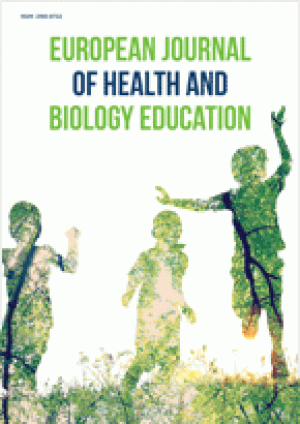Abstract
Quantitative and qualitative analysis results of the research “healthy lifestyle through students’ eyes” are presented here. It has been sought to analyse, how Lithuanian comprehensive school upper school students value some healthy lifestyle questions, what their attitude to the importance of healthy lifestyle is, on the whole, how their healthy lifestyle conception is expressed. Healthy lifestyle is a wide, complex concept, covering not a single life sphere. The researches show, that people, as a matter of fact, perceive the importance of healthy lifestyle and have a wish to live healthily, but are short of timely and true information. Such information is especially necessary to young people. Having carried out quantitative and qualitative, collected in the survey, data analysis, it has been stated, that the majority of the respondents think, that healthy lifestyle is important and necessary. On the other hand, students think, that very little attention is paid to the healthy lifestyle questions at schools; very often their available information is controversial.
License
This is an open access article distributed under the Creative Commons Attribution License which permits unrestricted use, distribution, and reproduction in any medium, provided the original work is properly cited.
Article Type: Research Article
European Journal of Health and Biology Education, Volume 1, Issue 1, July 2012, 53-73
https://doi.org/10.20897/lectito.201204
Publication date: 15 Jul 2012
Article Views: 1140
Article Downloads: 421
Open Access References How to cite this article
 Full Text (PDF)
Full Text (PDF)